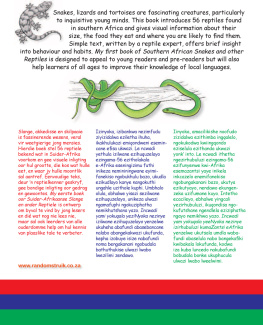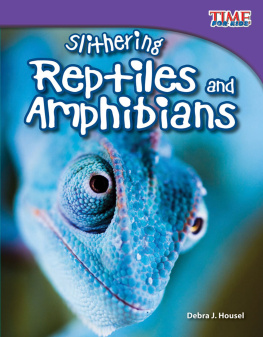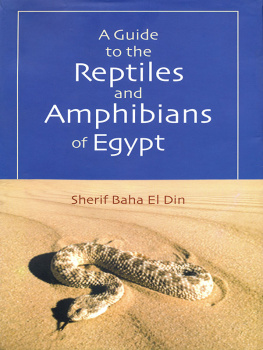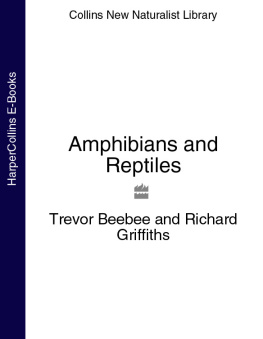Copyright 2020 by Rockridge Press, Emeryville, California
No part of this publication may be reproduced, stored in a retrieval system, or transmitted in any form or by any means, electronic, mechanical, photocopying, recording, scanning, or otherwise, except as permitted under Sections 107 or 108 of the 1976 United States Copyright Act, without the prior written permission of the Publisher. Requests to the Publisher for permission should be addressed to the Permissions Department, Rockridge Press, 6005 Shellmound Street, Suite 175, Emeryville, CA 94608.
Limit of Liability/Disclaimer of Warranty: The Publisher and the author make no representations or warranties with respect to the accuracy or completeness of the contents of this work and specifically disclaim all warranties, including without limitation warranties of fitness for a particular purpose. No warranty may be created or extended by sales or promotional materials. The advice and strategies contained herein may not be suitable for every situation. This work is sold with the understanding that the Publisher is not engaged in rendering medical, legal, or other professional advice or services. If professional assistance is required, the services of a competent professional person should be sought. Neither the Publisher nor the author shall be liable for damages arising herefrom. The fact that an individual, organization, or website is referred to in this work as a citation and/or potential source of further information does not mean that the author or the Publisher endorses the information the individual, organization, or website may provide or recommendations they/it may make. Further, readers should be aware that websites listed in this work may have changed or disappeared between when this work was written and when it is read.
For general information on our other products and services or to obtain technical support, please contact our Customer Care Department within the United States at (866) 744-2665, or outside the United States at (510) 253-0500.
Rockridge Press publishes its books in a variety of electronic and print formats. Some content that appears in print may not be available in electronic books, and vice versa.
TRADEMARKS: Rockridge Press and the Rockridge Press logo are trademarks or registered trademarks of Callisto Media Inc. and/or its affiliates, in the United States and other countries, and may not be used without written permission. All other trademarks are the property of their respective owners. Rockridge Press is not associated with any product or vendor mentioned in this book.
Interior and Cover Designer: Gabe Nansen
Art Producer: Tom Hood
Editor: Sabrina Young
Production Editor: Mia Moran
Illustrations: Conor Buckley, 2020, pp..
courtesy of Maaike Starkey
ISBN: Print 978-1-64739-649-7 | eBook 978-1-64739-650-3
R0
To my parents: For believing in my abilities and allowing me the opportunity to follow my passion for reptiles... including the boa constrictor that escaped into the air-conditioning vents of the family car.
CONTENTS
Fire Salamander
(Salamandra salamandra)
I have been obsessed with reptiles and amphibians my whole life. Whats not to love? Reptiles are scaly and cold-blooded, and they have spikes and plates. These animals are amazing. As a child growing up in the city, I loved visiting the local zoo and kept pet reptiles in my bedroom. As I grew older, I was excited to learn that there are jobs for people who want to spend their days working with reptiles and amphibians. I am now a wildlife biologist. From studying frogs in Central America to working with wildlife conservation groups that protect snakes around the world, I have been lucky to travel the globe and meet the most amazing reptiles and amphibians. Guess what? You can too! If you love reptiles, reading this book is a great way to start your future career as a scientist.
Jacksons Chameleon
(Trioceros jacksonii)
Reptiles are ancient animals that have lived on Earth for a long, long time. The earliest reptile fossil we know of is estimated to be around 315 million years old. Since that time, reptiles have dominated the planet and today can be found on every continent except Antarctica. Reptiles thrive in many different ecosystems , from the hottest deserts to the middle of the ocean. These scaly animals come in a variety of shapes and sizes. Some reptiles are giants, and some are so small they can fit on the end of your fingernail. Reptiles can have beautiful colors and they can be masters of camouflage. Some are even venomous. Reptiles are a fascinating group of animals. Lets learn about them together.
The Reptile Family
As there are so many different types of reptiles, scientists work hard to name them all. To do this, they separate them into groups based on characteristics they share. This process of classifying reptiles and other groups of organisms is called taxonomy .
People from all around the world use different names for certain reptiles. All these common names can be very confusing. So, scientists give reptiles and other organisms a two-word scientific name, also called a Latin name. That way, we all know what reptile species we are talking about.
In this book, we will name reptiles with one of their common names, followed by their scientific name, which will always be in italics.
Here is an example of the taxonomy of a snake called the neotropical sunbeam ( Loxocemus bicolor ):
| This snake is an animal, so it is in the kingdom Animalia. |
| This snake has a backbone, so it is in the phylum Chordata. |
| This snake is a reptile, so it is in the class Reptilia. |
| All snakes belong to the order Squamata, which actually contains snakes and lizards. So, they are also put into a suborder called Serpentes. |
| This snake is the only member of the family Loxocemidae and so its genus is Loxocemus . |
| The snakes pattern is dark on top and light on the bottom, so its species is bicolor . |
How Reptiles and Amphibians Are Different
Amphibians and reptiles might look similar, but they are actually very different. While both groups are vertebrates , they are separated by millions of years of evolution .
Amphibians mostly live in wet environments. Their skin acts like a sponge to soak up moisture so that their bodies dont dry out. Most amphibians lay soft, jelly-like eggs and some species have a larval stage when young, like a tadpole, before they become adults through metamorphosis . Reptiles can thrive in different types of ecosystems because of their tough bodies. Their skin is covered with scales, which protect them from the elements and from drying out. After theyre born, reptiles are ready to take on the world. These adaptations allow reptiles to live in many places where amphibians cannot.












